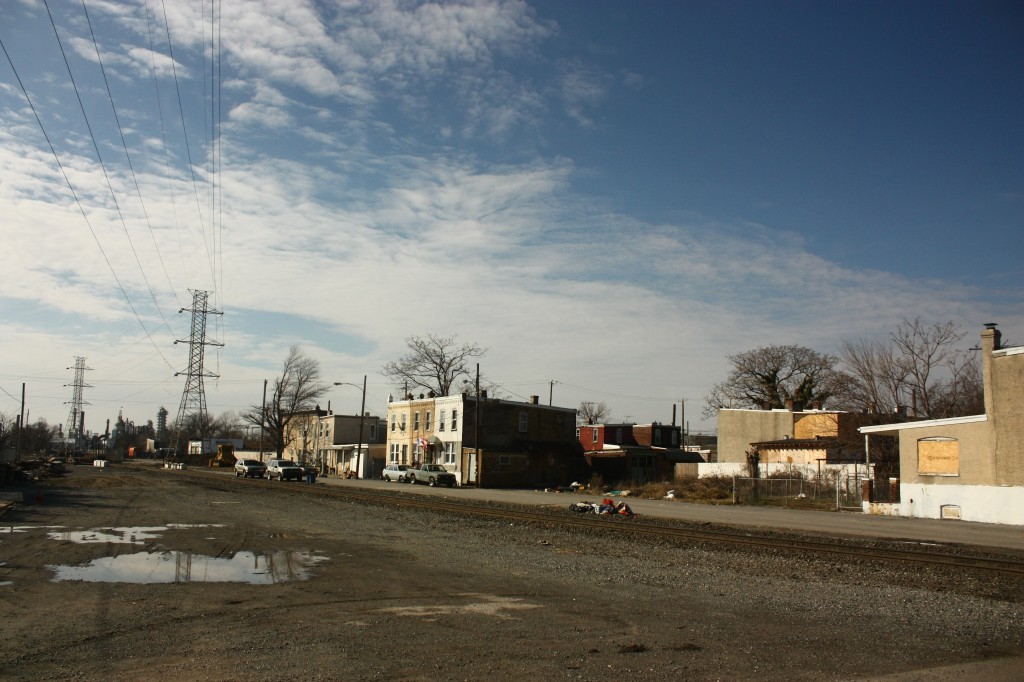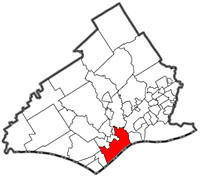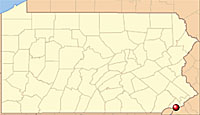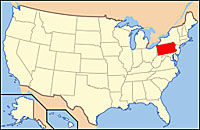Economics and politics have been closely related in defining status and development. Chester has seen periods of upward and downward swings but is currently in economic turmoil. How did things become like this? From its glorious history of industrialization and development to its present status as one of the least economically viable cities in America?
Chester was once one of the most attractive cities in which to live and work. Its location by the waterfront made it an industrial magnet and powerhouse, inviting many businesses and workers from around the country. During World War II, the city began to rise towards its climax. Factories and businesses boomed, and shipbuilding production rose exponentially, contributing greatly to residents’ income.
After the war that production declined and many families migrated away from Chester to find new jobs. The city continued to decline long after the initial exodus of its wealthier residents, to its current state now.
Great Beginnings:
Chester was founded in 1644 as “Upland” and later renamed to Chester. Its location by the Delaware River made it a pivotal place for economic development. Easy access meant attractive housing, leading many settlers to populate the area. The earliest census of Chester’s population shows 1,667 residents in 1850, at the amount of 1,667.
Population continued to grow from 33,988 in 1900 to its peak of 66,039 in 1950. Economic development boomed in the early 1900s due to increasing industrial development, including factories, shipbuilding, textiles, metals output, and paper. Raw materials could be easily transported through the river, accessible from anywhere in the world.
An Industrial Powerhouse:
World War I brought Chester its first massive growth. From 1910 to 1920, the city’s population grew exponentially, from about 34,000 to 58,000. People migrated to Chester for jobs:. 62% at the time were in manufacturing.
Communities prospered. YMCAs, parks, and nightclubs flourished, and businesses boomed. It is important to know that Chester had high economic inequality between the higher income and lower income class. However, it was socially homogeneous. Many factory and business owners lived and spent time in the same entertainment venues, communities, and stores as everybody else. Thus, much of the wealth in the economy stayed within, as money spent by the upper class went mostly to the lower classes, and creating a recycled of wealth.
From the end of World War I to the beginning of World War II, the economy had stabilized from its previous state of high growth. However, it again increased, with Chester experiencing its second growth period during World War II. Again, manufacturing increased massively, including Baldwin Locomotive works, Wetherill Steel and Boilermakers, Congoleum-Nairn, Aberfoyles Textiles, Eddystone Print Works, Scott Paper Company, Belmont Iron Works, Fahey Tobacco Co., American Steel Foundries, Crew Levick Oil, Crown Smelting, Fields Brick, The American Viscose Company, Hetzel and Ford Motor Company.
During and after World War II, the mindset of business owners shifted from manufacturing to management, where they mainly aimed to maximize profits. They branched out beyond Delaware County, which contains the city of Chester, and found no need to headquarter or stay locally. As the suburbs were created, many upper and middle class families moved away from Chester into nearby wealthier communities. As a result, the social homogeneity dissolved and the recycling of wealth was broken.
Economically and in demographically, Chester was in a free fall. People with money were leaving the city. Population peaked during the 1950s at 66,039, but has dropped to the present-day levels of 33,972 in 2010.
After the Climax:

(source: Chester Digital)
Chester continued to struggle. Although many nearby communities are very wealthy, Chester and its problems were insulated. Recently, a few large development projects in the city have given the residents hope of regaining the once-booming economy. Many renovations, including homes and business districts improvements, indicate investment in the city.
Read more about Chester’s current economic development.


